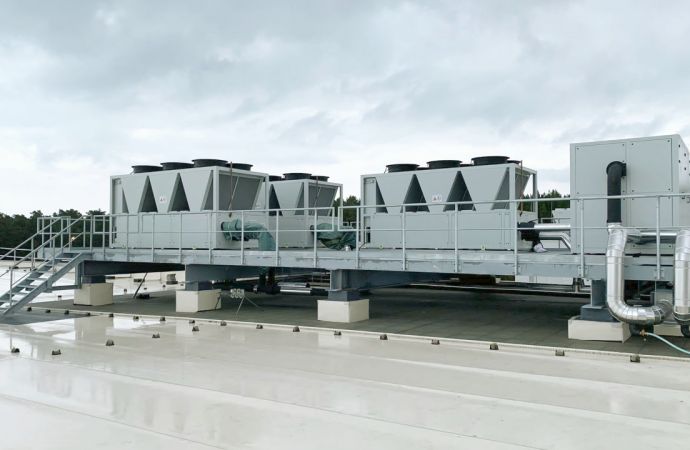The ATMOsphere Review Panel has selected hydrocarbons case studies from Eliwell and GIZ to be presented at ATMOsphere Europe 2017.

The first round of case studies for hydrocarbons selected for ATMOsphere Europe 2017 include innovative R290 refrigeration cabinets by Eliwell, and an analysis of the debate of standards for hydrocarbons by GIZ.
The two case studies selected as part of this round are:
Eliwell | An efficient R290 self-contained cabinet based on pulse EEV plus a variable speed compressor by Francesco Castagna
Eliwell will present a solution which is maximizing the cabinet efficiency while taking the cost restrained. The company has developed a special algorithm that dynamically adapts the super-heating setpoint while ensuring the best efficiency and the best variable speed compressor management.
While there are solutions in the market that are combining electronic expansion valves and variable speed compressors; Eliwell believes they can get better performances with less complexity and cost. In fact this new solution is based on pulse EEV and an innovative algorithm for estimating the suction pressure. This concept will be presented with data and measured efficiency from a real self-contained cabinet under development.
GIZ | Contribution to development of improved hydrocarbon refrigerant charge size limits for commercial refrigeration and air-conditioning appliances by Philip Denzinger
Interest in the use of hydrocarbons within commercial refrigeration and air conditioning appliances is growing, but market development is obstructed by charge size limits within product safety standards. Within EN 60335-2-40, charge size is limited by room area and unit installation height, such that it is often impossible to use sufficient refrigerant to cool a given room.
Within EN 60335-2-89, charge size is limited to 150g of flammable refrigerant, whilst products in this standard typically require up to 1500g.
The behaviour of leaked refrigerants during commercial refrigeration and air conditioning use is affected by variables such as position and orientation of leak source, appliance size and airflow characteristics, and room size and congestion. A number of measures have been proposed for revised product standards under IEC SC61C WG4 for IEC 60335-2-89 and IEC SC 61D WG16 for IEC 60335-2-40, subject to parallel vote at CENELEC level.
Background
The 8th edition of ATMOsphere Europe, which takes place in Berlin, Germany, on 25-27 September. Over 350 industry experts will attend the three-day conference (two half-days and one full day) to discuss the latest policy and market trends and technological innovations in the natural refrigerants world.
A session dedicated to access the German-speaking market is among this year’s highlights.
To join the conversation, register today or click here for more information. We look forward to welcoming you!
Related stories



